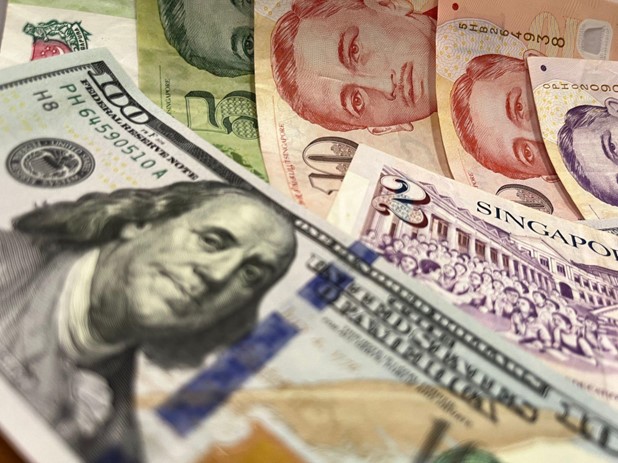Singapore dollar reaches decade-high amidst monetary policies

The Singapore dollar (SGD) has reached its highest level in a decade, reflecting differences in monetary policy approaches between Singapore and the United States. As of the end of August 2024, the SGD had strengthened to around 1.30 per US dollar, a level last reached in 2014. It has been a strong year for the Singapore dollar, which has strengthened by 1.5%, making it the second-best-performing currency in Asia, just behind the Malaysian ringgit.
This successful performance is largely due to the strategic approach of the Monetary Authority of Singapore (MAS). Unlike many other central banks, MAS uses the exchange rate as its primary tool for managing the economy, focusing on ensuring stability and strengthening the currency to prevent inflation. At its last meeting in July, MAS decided to maintain this strategy of strengthening the SGD, aimed at keeping inflation under control.
The Singapore government has taken steps to strengthen its currency, leading to an increase in its economic growth forecast for 2024. The GDP growth forecast has been revised up to between 2% and 3%, indicating a more optimistic outlook than previously expected.
In contrast, the US dollar has weakened on signals from the US Federal Reserve that it may cut interest rates. This outlook has caused a negative reaction in the market and has led to the dollar weakening against other currencies, including the SGD.
For foreign entrepreneurs and investors considering Singapore as a base for their small and medium enterprises (SMEs), a strong currency and stable economic environment make it a particularly attractive destination.
With global markets continuing to watch the Federal Reserve’s decisions, the SGD is expected to remain strong, especially if external demand is strong and inflationary pressures remain.



